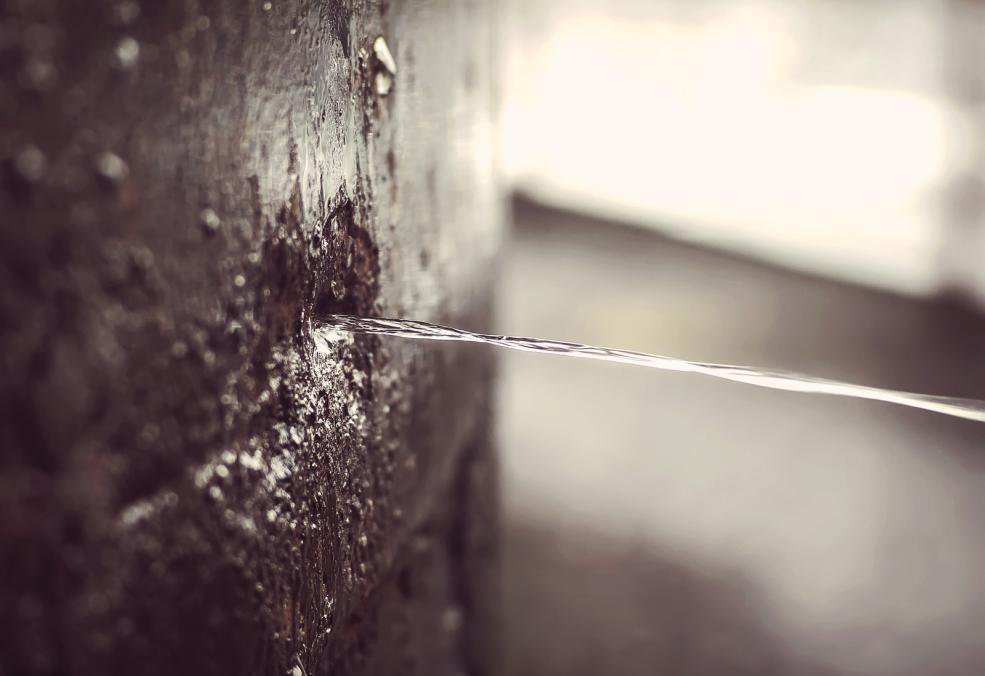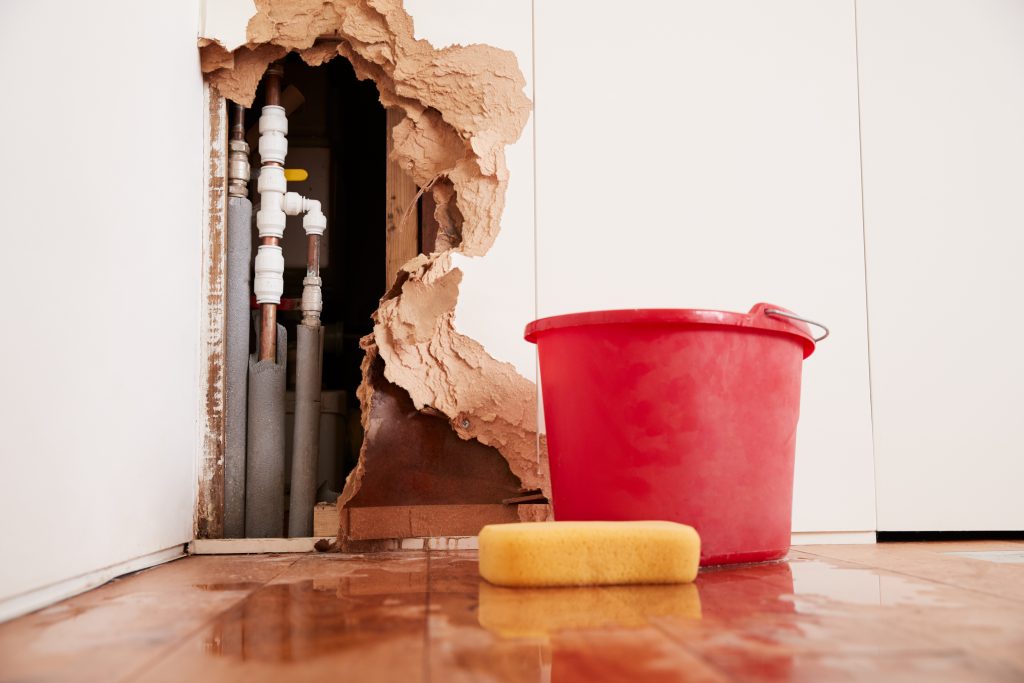What're your thoughts and feelings on Hacks to detect leaks?

Early discovery of leaking water lines can minimize a prospective catastrophe. Apart from conserving you money, it will certainly reduce the stress and also disappointment. The minute you discover a leakage, calling your plumber for repairs is the best solution. Nonetheless, some tiny water leaks might not show up. If you can not discover it with your naked eyes, here are some hacks that help.
1. Check Out the Water Meter
Inspecting it is a guaranteed means that helps you find leakages. If it relocates, that indicates a fast-moving leak. This suggests you might have a slow-moving leak that could also be below ground.
2. Examine Water Intake
Analyze your water bills and track your water consumption. As the one paying it, you need to discover if there are any kind of discrepancies. If you identify sudden changes, despite your intake being the same, it implies that you have leaks in your plumbing system. Bear in mind, your water expense must fall under the exact same array each month. A sudden spike in your bill shows a fast-moving leakage.
Meanwhile, a constant increase on a monthly basis, despite having the very same routines, shows you have a slow-moving leakage that's also slowly rising. Call a plumber to extensively check your property, specifically if you feel a cozy area on your floor with piping below.
3. Do a Food Coloring Examination
30% comes from commodes when it comes to water consumption. Examination to see if they are running appropriately. Drop specks of food color in the container as well as wait 10 minutes. There's a leak in between the storage tank and dish if the color somehow infiltrates your bowl throughout that time without flushing.
4. Asses Outside Lines
Don't forget to inspect your outside water lines too. Examination faucets by affixing a yard hose pipe. Ought to water leak out of the link, you have a loosened rubber gasket. Change this as well as make certain all connections are limited. If you've got a lawn sprinkler, it will certainly aid get it expertly examined and preserved each year. One little leakage can throw away tons of water and also spike your water expense.
5. Evaluate and Assess the Scenario
Homeowners need to make it a practice to examine under the sink counters and also even inside cabinets for any type of bad odor or mold and mildew growth. These two warnings indicate a leakage so prompt focus is needed. Doing routine assessments, even bi-annually, can conserve you from a significant problem.
Check for discolorations as well as weakening as many pipelines and devices have a life span. If you think leaking water lines in your plumbing system, don't wait for it to escalate.
Early detection of leaking water lines can minimize a prospective catastrophe. Some small water leakages may not be visible. Inspecting it is a guaranteed means that helps you find leakages. One small leak can throw away lots of water and also increase your water costs.
If you presume leaking water lines in your plumbing system, do not wait for it to rise.
The Dangers of Undetected Water Leaks
Mold
One of the most common results of undetected water leaks in your home is mold. Under the right conditions, mold can begin to grow and spread in just a day or two.
Moisture from water leaks combined with humidity and lack of ventilation allow mold spores to germinate and start spreading.
And while household mold doesn’t carry the same health risks as substances like asbestos, they can cause allergic reactions in people sensitive to them or with asthma.
Structural Damage
When water leaks occur in places we can’t see — above the ceiling, behind walls or beneath floors — they often have time to do some serious damage before making themselves known.
You might notice cracks or bubbles appear in your walls or a slow drip or water from the ceiling.
These are signs of water leaks and buildups in the structure of your home. If you don’t jump on these problems soon enough, the wood frame that supports your house could start rotting, leading to costly repairs and increasing the risk of disasters like ceiling or wall collapses.
Water Waste
According to the Alliance for Water Efficiency, the average home can lose anywhere from 2,000 to 20,000 gallons of water per year due to leaks.
High numbers like that might make you imagine a burst pipe spewing out water. But believe it or not, even a small, constant drip from a kitchen sink could add up to over a thousand gallons of wasted water in a single year.
And if you live in a place where you pay for every gallon of water you use, that adds up to a lot of dollars down the drain. So we understand leaks are bad. Let’s take a look at some of the common (and not-so- common) water leaks you might find around your home.
Flush Valve Flapper
The flush valve flapper is a rubber flap that sits above the flush valve at the bottom of the tank. It’s attached to the flusher with a chain. Over time, it can get worn out and lose its seal, causing an endless flow of water into the toilet bowl.
These leaks are hard to detect since they’re usually silent, but there’s a little insider trick you can use with just a little dye or food coloring:
Put a few drops in the toilet tank. Check the water in your toilet bowl 15 minutes later. If any of the color made it into the toilet bowl, you’ll know what the culprit is.
Fill Valve
The fill valve is what replenishes your toilet’s tank water after you flush. If you’ve ever looked inside your toilet tank and seen water gushing out of an upright plastic valve, that’s a faulty fill valve.
https://meetflo.com/blogs/flo/how-to-find-and-repair-water-leaks-a-comprehensive-guide

We were shown that report about Leaking water lines from a good friend on a different website. Sharing is good. Helping others is fun. Kudos for your time. Visit again soon.
Comments on “6 Ways to Find Concealed Water Leakages in Your Residence”